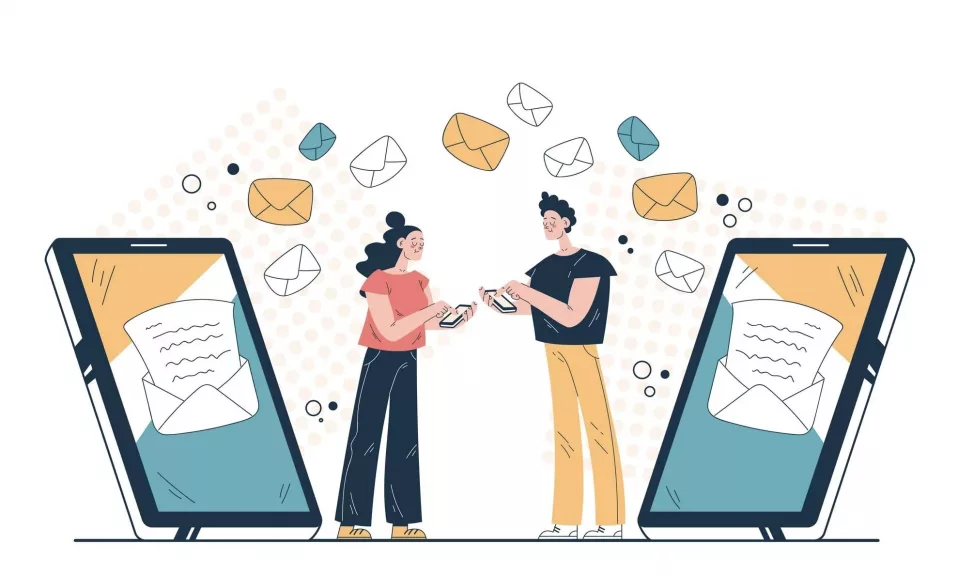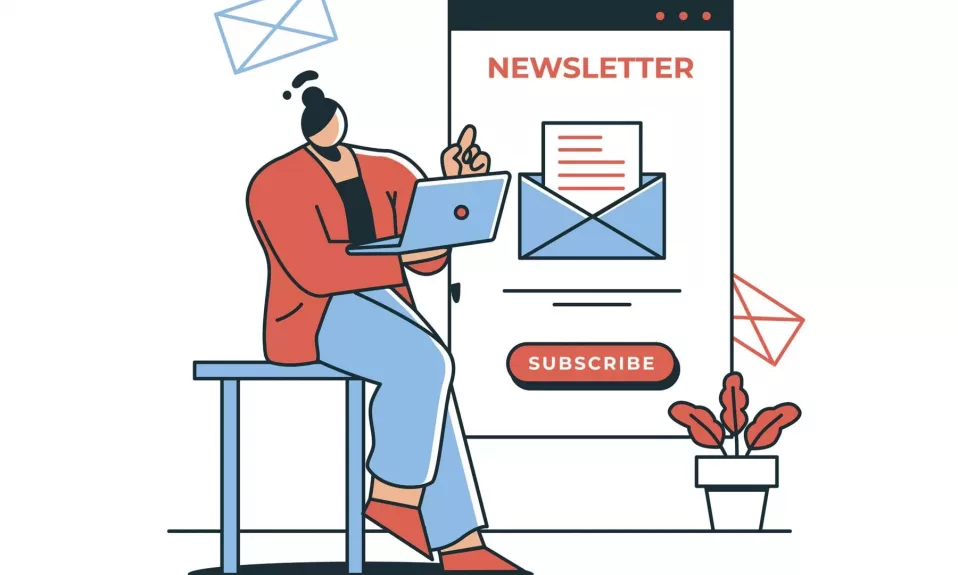The Key to Building Trust and Connection with Subscribers
Elevating your email marketing game above the competitions’ can prove challenging, especially when the typical approach revolves around showcasing a product’s key features. To genuinely connect with prospective customers and eventually convert them into loyal ones, building relationships is essential. Trust forms the core of these relationships, making it vital to any marketing campaign, including email marketing.
So how can you foster trust and form lasting connections in email marketing? The answer lies in the age-old art of storytelling, which is explored further in this article.
Understanding Storytelling as a Tool for Marketing
Stories have been used for centuries as a means to communicate and forge deep connections. They elicit emotions and evoke curiosity, making them ideal for marketers seeking to establish memorable ties between their products and potential customers. Furthermore, stories can be recounted using various mediums such as text, videos, images or podcasts, catering to the varied preferences and tastes of consumers.
A shining example of effective storytelling in action involves a company using over 200 original short stories to describe items they were selling, weaving attractive narratives around everyday products. This creative marketing tactic led to impressive results: total earnings reached nearly $8,000, averaging almost $40 per item. Evidently, the power of storytelling should not be underrated.
Benefits of Storytelling in Marketing
- Engaging Consumers: Stories give marketers an opportunity to tap into audiences’ emotions, arousing their interest and keeping them invested in what’s being communicated.
- Standing Out from Ad Clutter: With countless brands competing for consumers’ attention amidst the daily bombardment of advertisements, a captivating story can break through the noise and resonate with target audiences.
- Driving Consumer Action: According to Headstream research, more than half of consumers who love a brand’s story become more inclined to purchase the product, while 44% are likely to share the story with others. A small fraction will even make a direct purchase following their exposure to the narrative.
Incorporating Storytelling into Email Marketing Campaigns
The most successful email marketing campaigns integrate storytelling in various forms—be it acronyms, images, narratives or songs—to create an impact on the reader. Examples of successful storytelling initiatives include Nerd Fitness welcoming new subscribers with a heartfelt story from founder Steve Kamb, and Brooks Brothers commemorating their centennial by sharing a historical timeline featuring key milestones in their journey.
Case Studies and Real-Life Examples
To enhance your email campaign’s appeal, utilize case studies that showcase how customers have benefited from using your products or services. For example, Kate Spade skillfully narrated the backstory behind their chili pepper-inspired collection, adding depth to their overall messaging and increasing customer engagement.
Similarly, success stories act as standalone narratives that transport readers through a fellow user’s rewarding experience—a technique employed by course creator Nesha Woolery when she described how one student achieved a work-life balance through her online program.
Interviews with Brand Representatives
Another effective storytelling approach involves incorporating interviews with individuals connected to your brand, such as CEOs, employees or loyal customers. Chubbies, for instance, uses interviews to weave compelling narratives about their company and its offerings. This method humanizes your brand, allowing prospective customers to build trust and establish a meaningful connection with it.
Making Stories Work for Your Email Marketing Campaign
As seen through numerous examples and outcomes, storytelling in email marketing boasts the power to forge lasting relationships between brands and consumers. By incorporating engaging narratives within your campaign, you can captivate your target audience’s attention and encourage them to interact further with your products or services. Ultimately, harnessing the magic of stories will propel your email campaigns to new heights and establish a loyal customer base that eagerly awaits your messages.









